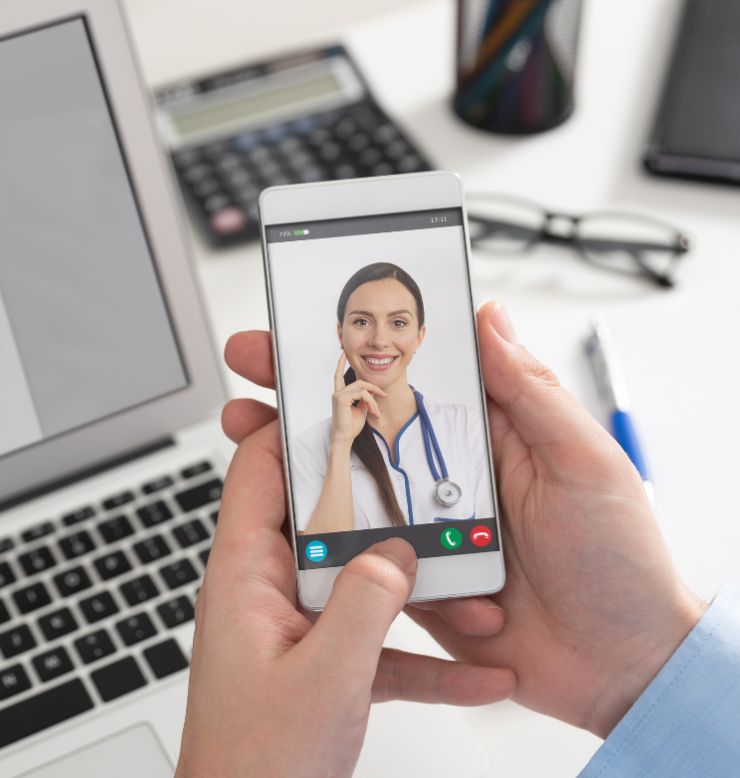Can’t get in to see a doctor? Virtual care could be your best choice
Many of us are waiting weeks or months to book medical appointments. Or taking a long drive to get to the only provider taking new patients—often more than an hour away. And once in the office, chances are we’re spending more time in waiting rooms just for a routine appointment.
The national shortage of healthcare workers has been well-documented, and Maine is feeling it, too, with access to providers emerging as one of the greatest barriers to treatment. By the end of 2022, Maine had just 580 doctors practicing family medicine, an 18% decline from 2019, according to The Portland Press Herald, leaving fewer doctors for a growing population.
During the pandemic, patients discovered the convenience of telehealth and began meeting with their providers through a phone call or video chat from the comfort of their own homes. The concept certainly wasn’t new—Community Health Options Members had access to Amwell® behavioral telehealth well before Covid-19 struck.
That concept has expanded to virtual primary care, giving people the option through an online care team, expanding access to care. Alongside its traditional provider network, Community Health Options now offers Members 18 and older the option to choose a virtual-first primary care team through Firefly Health.
When it comes to health outcomes, many studies have shown patients miss fewer virtual appointments, helping them to stay on track with their health needs. And in a recent pilot program, Walmart employees with diabetes who used virtual care saw a 24% average reduction in glucose levels and patients with hypertension had a 14% reduction in blood pressure, the company said in 2023 when it expanded its program to Maine, among other states.
So how can you access telehealth with traditional care?
- Ask your traditional primary care provider how telehealth might work best for you. Your provider might suggest an occasional check-in for a chronic condition or for routine health care. Even without a cell phone or internet access, patients can often meet just by telephone. Community Health Options covers telehealth visits just as any other visit if providers offer that option. For more information, Maine’s health department offers this guide on how to routinely use telehealth services.
- Consider a telehealth visit for urgent care if you’re hurt or sick and need immediate care. If your condition is life-threatening or serious, head to an emergency room. But, if your needs are less serious, you may not have to go anywhere. Community Health Options Members can save time and money using Amwell 24/7 for urgent care telehealth from home. Amwell also offers behavioral health services like therapy and psychiatry.
How does virtual primary care work?
- Virtual primary care requires reliable cell phone service or internet access, but for people struggling to find a provider accepting new patients or even having trouble fitting appointments into a busy schedule, an option like Firefly Health can provide access to primary care anytime, anywhere.
Community Health Options Members can download and use the Firefly app to choose a primary care team comprising a medical doctor, nurse practitioner, behavioral health specialist and health guide, and make an initial appointment within three business days. The team addresses all aspects of primary care and provides referrals for in-person care when necessary.
There are programs available to help people get the tech they need to access this kind of care, For example, people needing help paying for a cell phone, internet access or cell minutes, can apply for assistance through Lifeline, a federal program that makes communications services more affordable for eligible individuals.
Members with questions about virtual care or the Community Health Options provider network can call our Maine-based Member Services team at (855) 624-6463 between 8 a.m. and 6 p.m., Monday through Friday.



